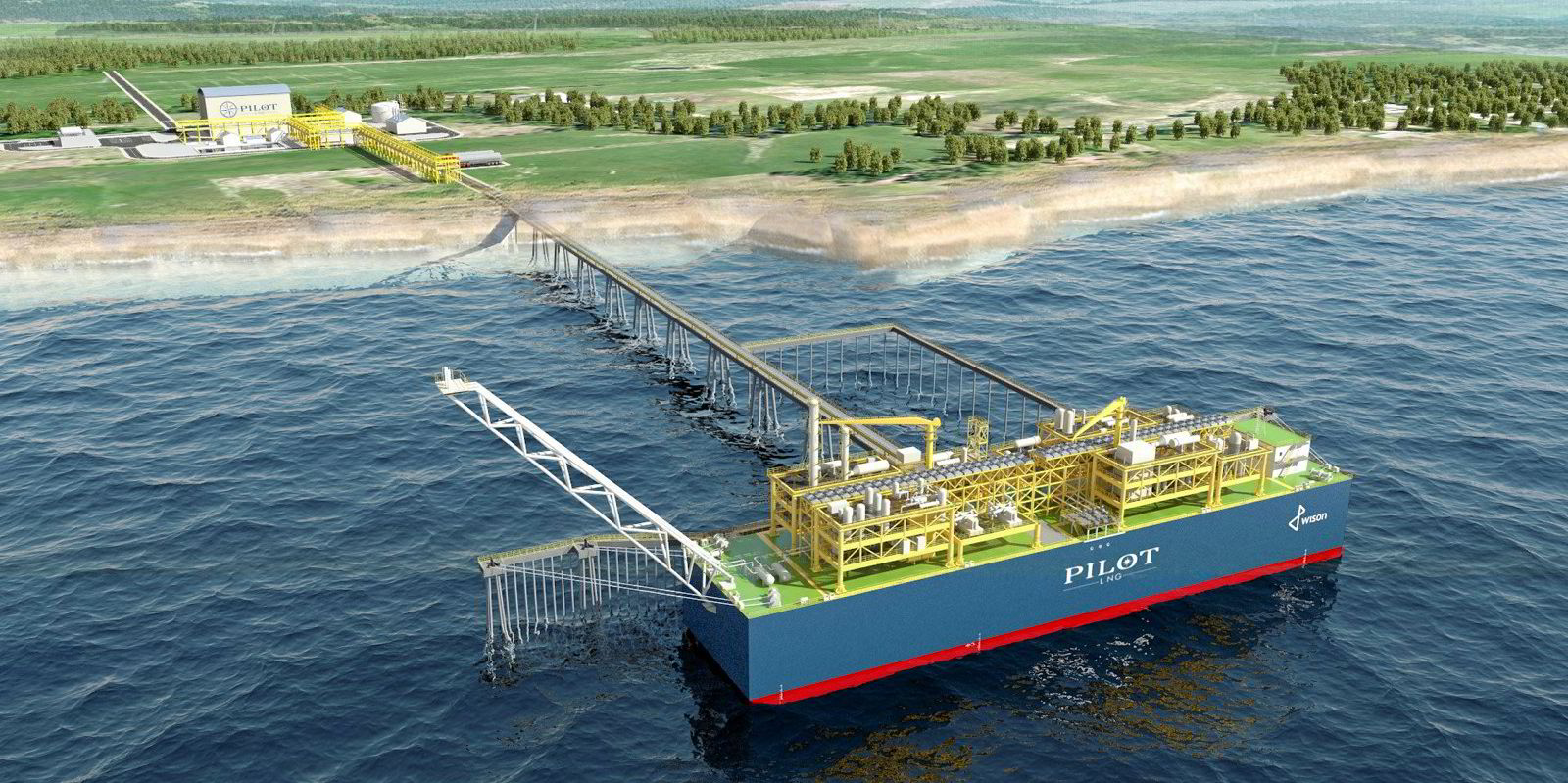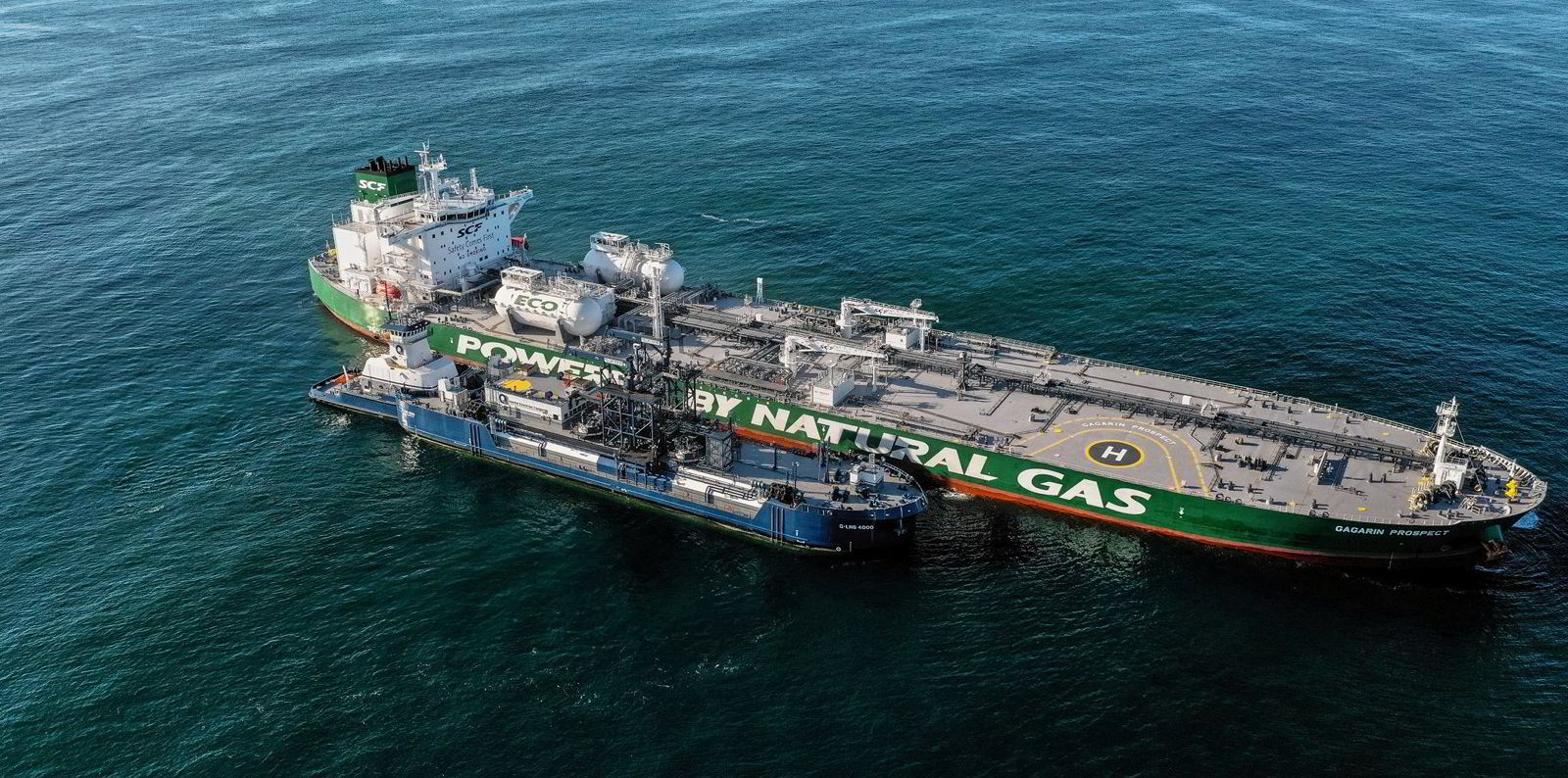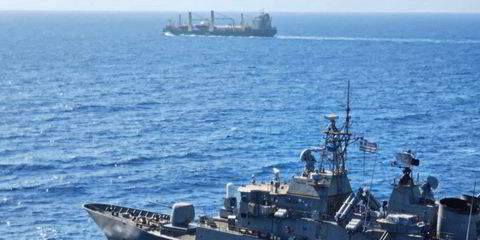US-based Pilot LNG has paired up with Wison Offshore & Maine on its planned floating LNG (FLNG) unit that will provide supply for its planned Galveston LNG Bunker Port.
Pilot said it has awarded the front-end engineering and design contract for the FLNG unit to Wison.
In addition, Wison will also become a minority equity shareholder in Pilot. But Pilot said “further details are not publicly available at this time”.
Pilot said the award further solidifies the growing partnership between the two companies first made public in July last year.
Company chief executive Jonathan Cook said the selection of Wison is in recognition of the company’s expertise and commitment to delivering safe and highly competitive floating LNG projects.
Wison built Exmar’s 500,000-tonne-per-annum Tango FLNG (built 2017) unit, which served as a production unit for YPF. It is currently laid up in Uruguay.
“By utilising floating technologies, we are able to provide a solution that can be delivered with unique advantages not available to traditional land-based facilities, as well as significantly reducing the infrastructure’s footprint and its associated impacts,” said Vivian Li, who is Wison's North America head.
“We are thrilled to welcome Wison as a partner and shareholder in Pilot,” Cook said.
Pilot is planning to site a 500,000-tonne-per-annum FLNG unit at a site off Pelican Island to produce LNG for bunkers for the US ports of Houston, Galveston and Texas City. A small LNG bunker barge would be used to ship volumes from the production unit to vessels at local anchorages or ports.
The company said it expects to be able to deliver a “highly competitive and environmentally responsible project”.
Pilot plans to use all electric drive turbines with power sourced from Texas renewables to eliminate virtually all operating emissions.
The company said its Galveston bunker project will be “one of the greenest facilities of its type anywhere in the world”.
Pilot anticipates taking a final investment decision on its Galveston bunker port project in the first half of 2022 and is targeting start-up of the facility in the first half of 2025.







